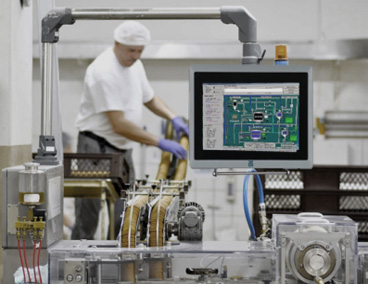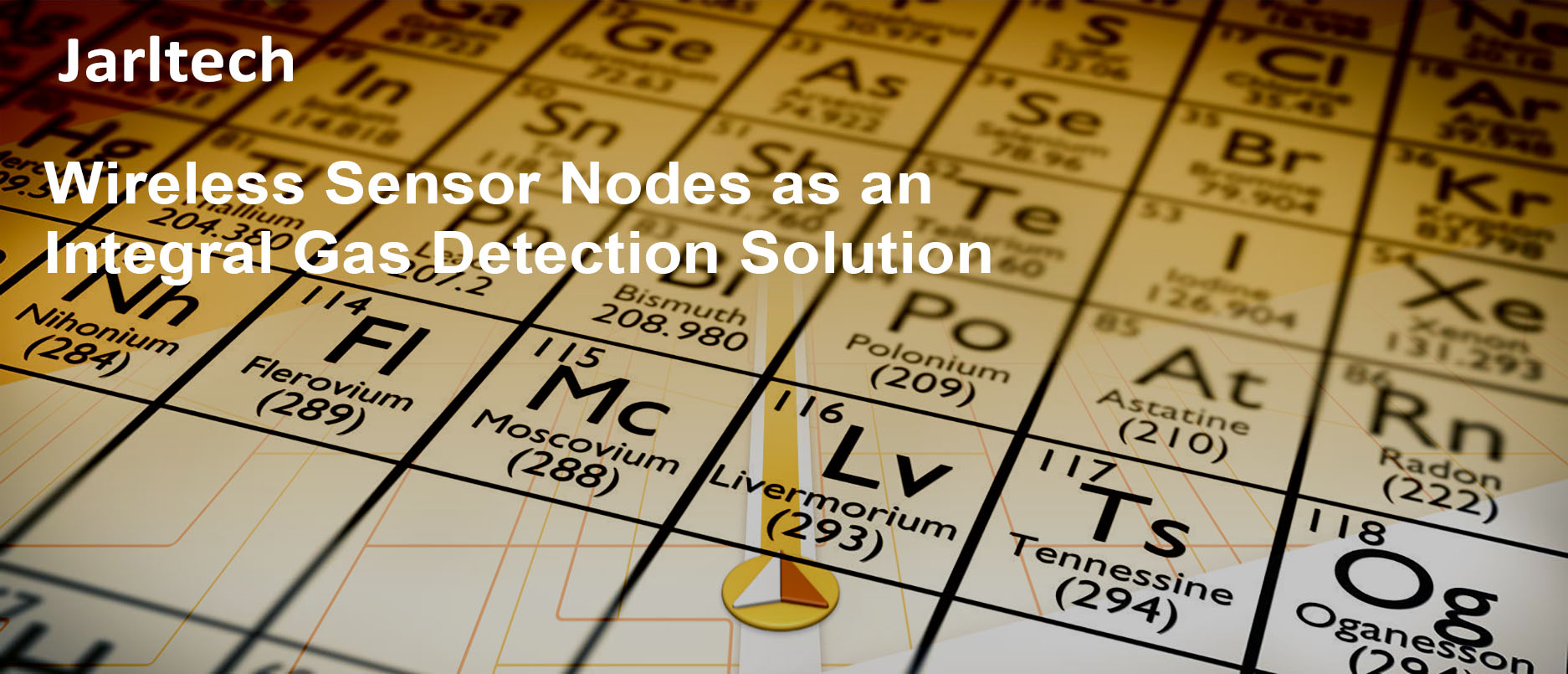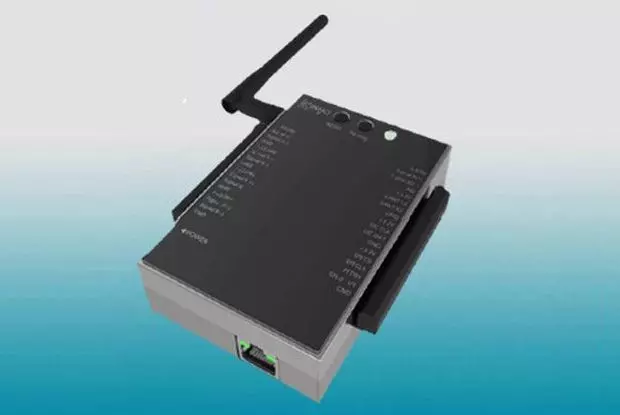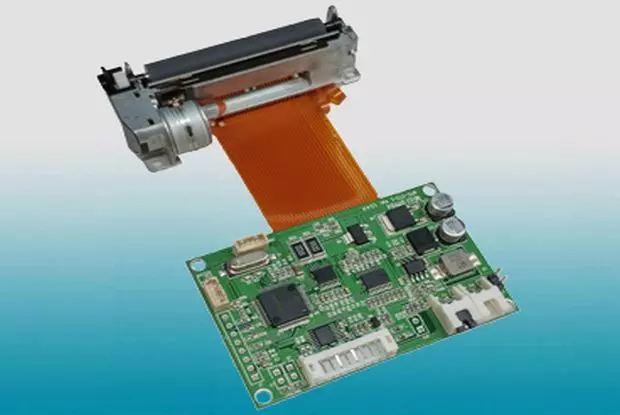Gas leakage detection
Our services include the effective detection and monitoring of gas leaks.
Jarltech specializes in the development of wireless sensor nodes for the Internet of Things (IoT)-based detection of gas leaks. These nodes facilitate enhanced information exchange, optimized process management, increased cost-efficiency, and enhanced flexibility.
What are our clients' requirements?
The objective is to identify potential gas leaks in the laboratory environment.
As Industry 4.0 drives the digital transformation of industrial markets, there is an increasing demand for short-range wireless connectivity solutions, such as Bluetooth, Wi-Fi, 802.15.4, and NFC. These technologies are evolving in response to new market demands within the Internet of Things (IoT) sector. In light of the growing demand for automated equipment, it is vital to maintain continuous monitoring of factory environments with advanced monitoring devices.
Our wireless sensor nodes streamline chemical laboratory monitoring by automatically tracking NH3 and CO levels, enhancing efficiency and accuracy. The Wi-Fi transmission enables the real-time recording of all gas monitoring data, eliminating the need for researchers to manually check the values repeatedly. This not only reduces the need for manual oversight but also helps prevent accidents, making chemical gas sensors an efficient tool for enhancing safety and resource management in the lab.
Wireless sensor node networks are an extremely effective solution for process monitoring in a wide range of environmental applications, including pollution monitoring, traffic control, and water irrigation. Similarly, a well-designed wireless sensor network (WSN) system can efficiently detect and monitor gas leakages in industrial settings, offering a valuable solution for industrial safety and compliance.
How can we guarantee the effectiveness of our service for our client?
The wireless sensor node system comprises a network of sensors designed to monitor the spatial distribution of NH3 and CO concentrations. Each sensor node is powered by a battery. The microprocessor in each node has two primary functions: one to reduce power consumption and another to manage data transmission, preventing congestion during gas leak events.
Our company has been at the forefront of innovation in wireless gas and radiation detection through the use of intelligent radio frequency networks. By integrating industry-standard technologies with our proprietary solutions, we enhance both performance and security. Our wireless technology provides a reliable and secure method for transmitting sensor data from remote monitors to a central controller, offering a transformative solution for gas detection.
This exceptional real-time data access solution enables global information sharing, enhancing situational awareness and expediting incident response. By leveraging Jarltech's wireless sensor node systems, companies can streamline data sharing and processing controls, enhance cost efficiency, and improve flexibility.





